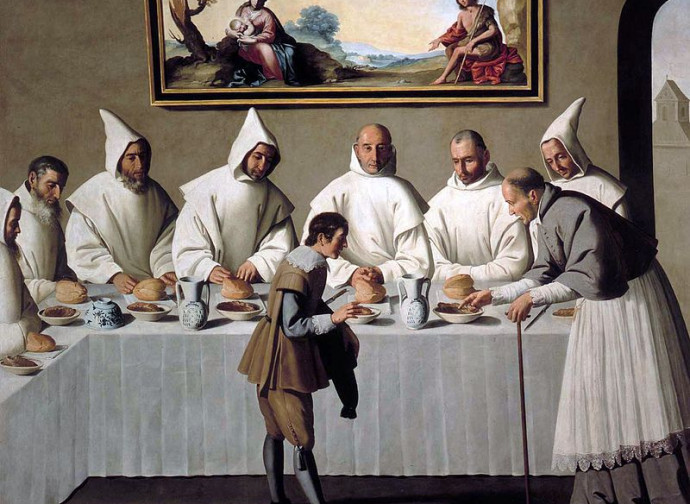Saint Hugh of Grenoble
His name is linked to the Carthusian Order, whose foundation he facilitated, and to the Gregorian Reform, which he wholeheartedly supported.

The name of Saint Hugh of Grenoble (1053-1132) is linked to the Carthusian Order, whose foundation he facilitated, and to the Gregorian Reform, which he wholeheartedly supported. Also known as Hugh of Châteauneuf, after his birthplace, the small municipality in the ancient French province of the Dauphiné, Hugh distinguished himself from childhood for his great piety and love of theology. In 1080, at just 27 years of age, the provincial council of Avignon elected him bishop of Grenoble, even though he had not yet received priestly ordination. He went to Rome with a papal legate and was ordained directly by Saint Gregory VII, in those years engaged in the reformatory work of the Church, which became known as “Gregorian Reform”.
On his return to France, Hugh began his episcopal ministry in the see of Grenoble, which he led for 52 years. He defended the rights of the Church and undertook a determined battle against ecclesiastical simony and concubinage, thus defending the beauty of celibacy. Feeling strongly attracted to the monastic life, after two years as bishop he tried to renounce his office to join the Benedictines of Cluny, but Gregory VII asked him to remain in his place. And he obeyed.
In 1084 he received Saint Bruno and his six companions who turned to him in their search for a solitary place where they could dedicate themselves to the contemplation of God, alternating moments of prayer with moments of work. It was Hugh himself, who had dreamt of seven pilgrims “under a banner of seven stars” (the symbol of the Carthusian monks!), who accompanied the seven to the valley of the Chartreuse Massif, where Saint Bruno and his monks founded the first Carthusian monastery in history.
Hugh himself, sometimes depicted wearing a cowl over his episcopal vestments, often went to visit the monks at the Grande Chartreuse monastery and tried to follow their model of life on a daily basis, as far as the exercise of his ministry allowed him. He tried several times to be dispensed from the leadership of the diocese to retire to the monastery (he also founded one at an altitude of 940 metres, which was the base of the Order of Chalais). But the various Popes who succeeded one another on Peter's throne during his lifetime always asked him to continue to lead his flock. He returned to the Father’s House on 1 April 1132, and was canonized by Innocent II just two years later, on 22 April.




